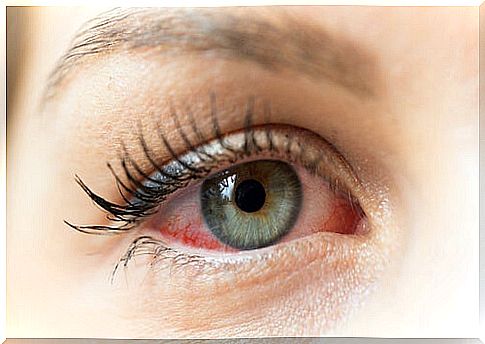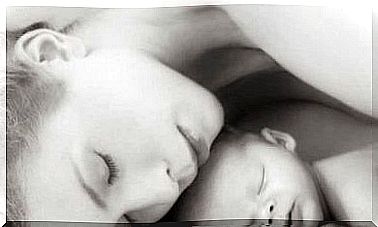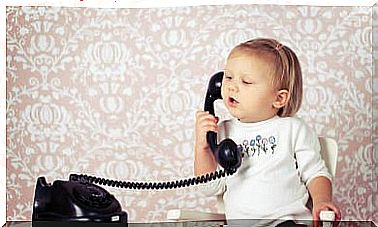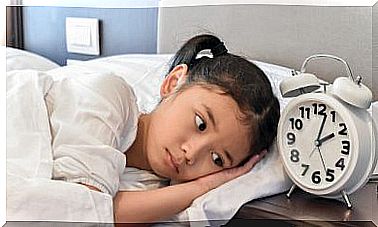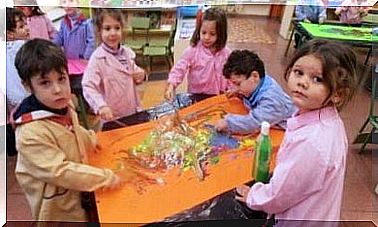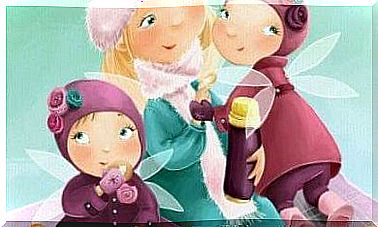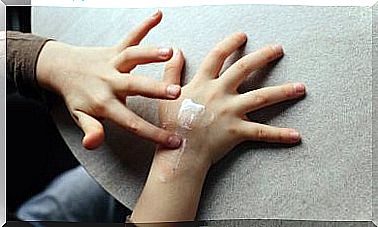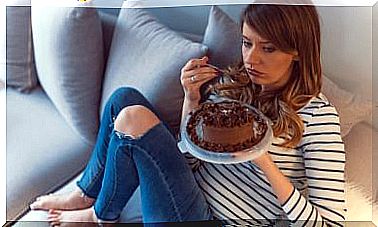Styes In Children: What To Do And How To Cure Them?
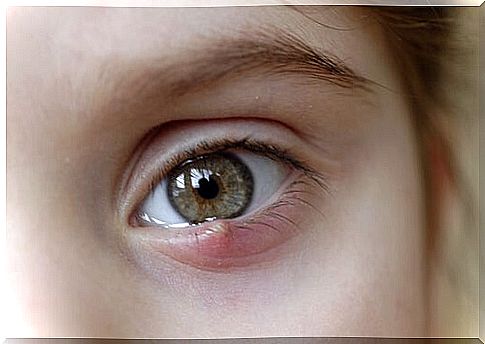
Because they itch and hurt, they are often one of the conditions most hated by adults and children. We review some tips on treating and preventing styes in children.
They are nothing more than an inflammation of the skin, but surely styes have caused more than one migraine both in children who suffer from it and in their mothers. No matter how many times you tell them “don’t scratch,” they do the same, which makes the situation worse. Anyway, anyone who has had a stye understands them perfectly.
What exactly is a stye? It is a small swelling filled with pus that is located superficially on the root of the eyelash hairs. Those that become inflamed are the sebaceous glands (which produce fat) or the sweat glands (which produce sweat). These glands are responsible for producing a liquid substance that lubricates the eyes.
A stye can appear on the upper or lower eyelid. It should not be confused with a chalazion, which also appears in that area but is not so painful and is larger. The swollen gland on these occasions is the meibomian gland.
Styes can be external or internal. The latter, as the name suggests, occur under the skin and are not visible, but they are just as painful. They take longer to heal, as the stye has less drainage capacity.
The symptoms of a stye are: redness and swelling of the eyelid, itching, pain to the touch, tearing in the eye and, finally, the appearance of a boil filled with pus.
Causes
The cause of this disorder is a bacterial infection commonly caused by strep and staph bacteria. The origin of its appearance does not lie in any deficiency in the child’s organism. They are bacteria that live in our body and that, occasionally, can cause a sebum blockage that turns into a stye, either with old sebum, dead skin cells or old skin bacteria.
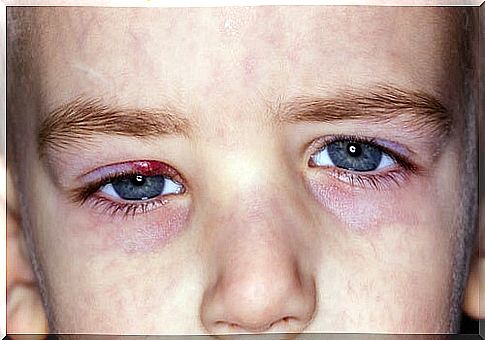
Treatment of styes in children
Beyond the fact that the vast majority of styes disappear spontaneously, here are some recommendations to speed up the healing process:
- Apply moistened heat compresses to the inflamed area. Do it for 10 or 15 minutes, 3 or 4 times a day.
- If you go to the pediatrician, he or she can prescribe an ointment or eye drops to apply to the child.
- If your child wears contact lenses, you will need to change them for regular glasses until the infection clears. When using the lenses again, clean them with a suitable solution and cotton.
Typically, it takes 3 to 7 days for a stye to go away. If it doesn’t go away, see a doctor, as it may have become entrenched. In that case, a small incision will need to be made to drain it. This is a painless solution that is performed under local anesthesia and does not require stitches.
what not to do?
Perhaps more important than what to do, is what we should in no way try to heal styes in children. These are the 3 resounding no’s to keep in mind:
- Do not tighten them. If you try to pop it, you can lead to a bigger infection.
- Do not rub. Make sure your child does not scratch the inflamed area. It will only aggravate the infection.
- Do not apply creams or products without medical recommendation. Its proximity to the eye makes it a sensitive area and the use of uncontrolled products can cause greater damage.
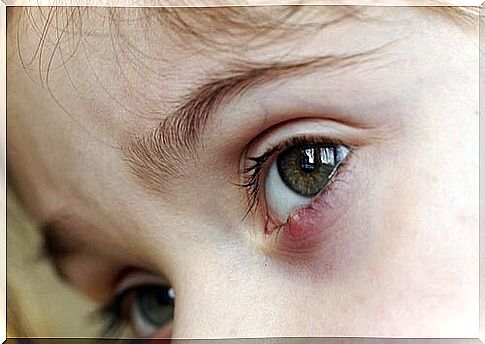
Prevention
The most effective way to do this is to maintain good daily hygiene. The child should wash his hands well and, if he has had styes before, it is advisable to clean the fat that accumulates in the eyelid area occasionally.
In the same way, it is vitally important to sanitize your hands before handling contact lenses, due to the direct contact that you have with the eyes when placing them. For adults, it is also advisable to remove all makeup before going to sleep, as well as periodically check the good condition of mascara, eyeliner and eye shadows, especially if they have not been used for a long period of time.
In addition, it should be borne in mind that whoever has a stye should not share personal items with other people, such as towels, pillows or sunglasses, among other examples.
